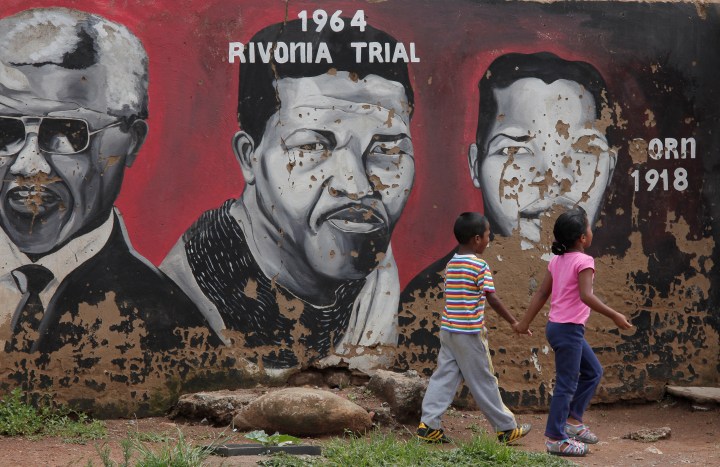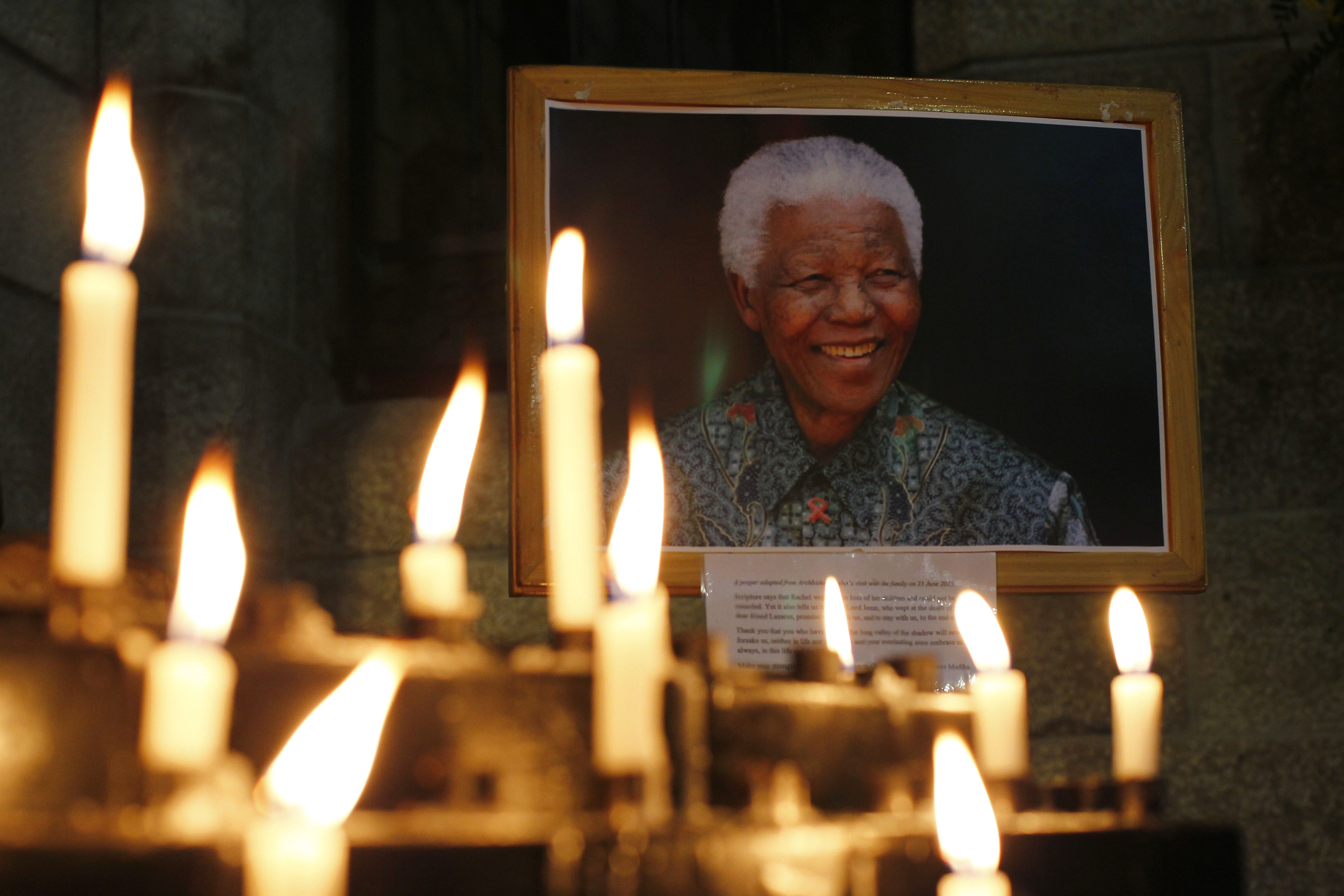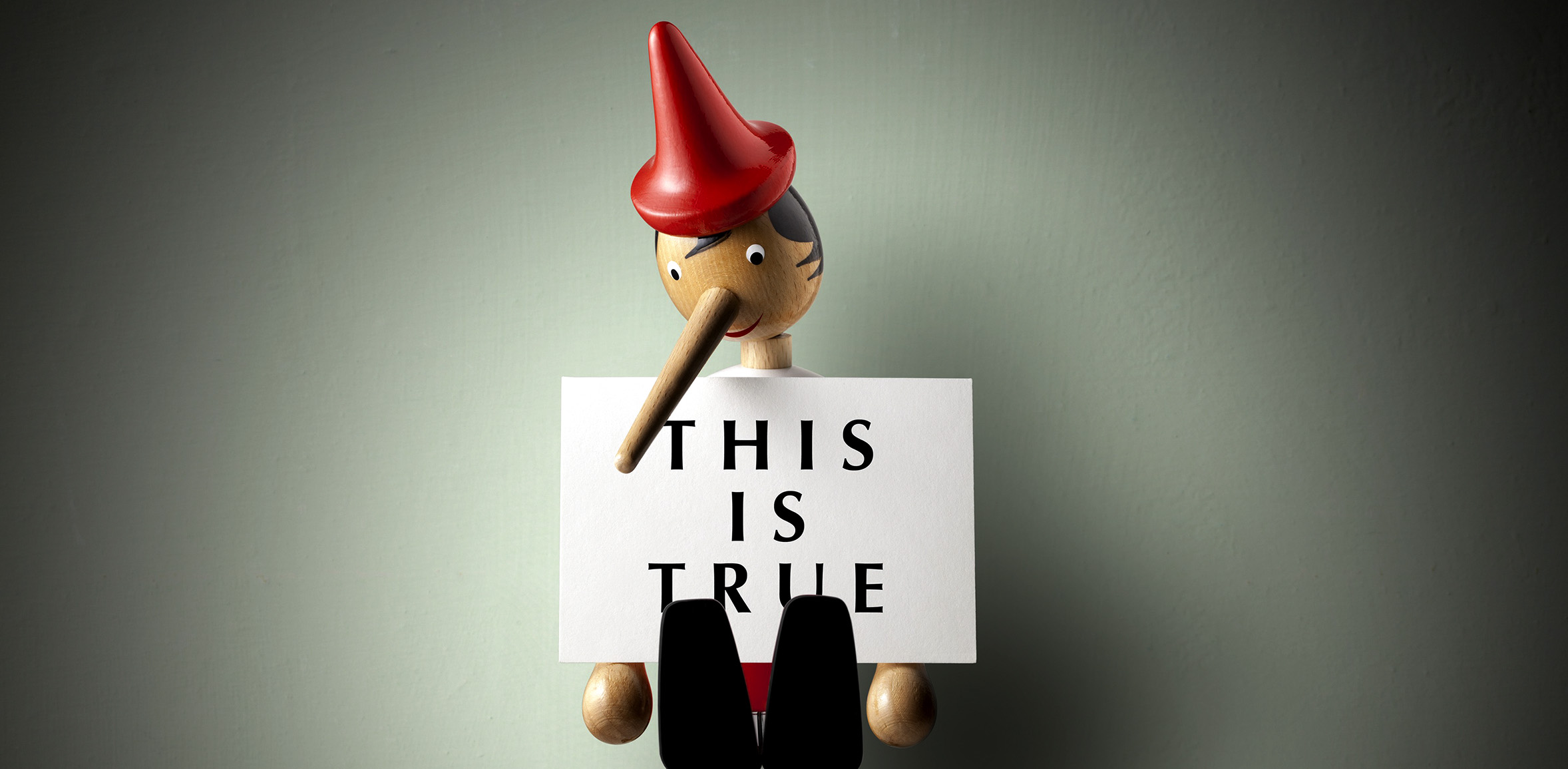RUMOUR NATION OP-ED
A short history of South African conspiracies – you can’t make this stuff up (but someone does)

In South Africa we frequently respond like the two psychiatrists passing in the corridor. ‘Hello,’ says one, and the other walks away worrying, ‘What did he mean by that?’
“We have learned in recent years to translate almost all of political life in terms of conspiracy” – John le Carré
As paranoid theories race round the globe on the wings of social media, the early 21st century may come to be known as the “Age of Conspiracies”.
However, BT, Before Twitter, South Africa had long been host to conspiracies. As these proliferate in times of social stress, that tells us a great deal about the state of our nation.
Reflecting this national psyche, both former president Jacob Zuma and suspended Public Protector Busisiwe Mkhwebane seem to believe – as do their devotees – that everything under the sun is a diabolical plot against them. During apartheid, a distinguished American professor described South Africa as the “Republic of Rumours”. Clearly it still is.
One of our strangest conspiracies popped up shortly after Nelson Mandela was released from prison. He returned to his home in Soweto for the first time in nearly 30 years. In the late afternoon, with the light fading, Mandela spoke briefly in English, before going inside and closing the door.
“By nightfall,” recorded the author Jonny Steinberg, “in a section of Vilakazi Street that had since the late 1950s been staunchly PAC, it was said that the man who had come back from prison was not Nelson Mandela. Why did he choose to arrive in the dying light? And why did he avoid speaking Xhosa?”

A portrait of Nelson Mandela in St George’s Cathedral in Cape Town on 18 July 2013. (Photo: EPA / Nic Bothma)
This rumour continues to circulate sporadically, claiming Mandela was killed in the late 1960s, and the man pretending to be him was an actor called Motsamai, who had been trained on a secluded farm belonging to Anglo American. The giveaway was his Xhosa; fluent, but not that of a native speaker.
“The point of the story is that the central institutions of society are a sham, behind which a conspiracy looms,” concluded Steinberg. “Mandela never became president; white capital conducted the whole charade. The entire establishment is illegitimate and must go.” A really successful conspiracy theory needs to confirm existing prejudices. That, at least, is a resource of which South Africa has no shortage.
The distrust and assumptions of bad faith behind the explosion of conspiracy theories has a long history in Africa. Slaves developed mythologies to explain the cruelty of white slave traders: that European leather shoes were manufactured from black skin, the gunpowder of their guns was ground from African bones, that crews on slave ships fed on the boiled and salted flesh of captives, while the cheese that they ate was made from black African brains and the red wine they drank had been harvested from African blood.
Read more in Daily Maverick: Conspiracy theories 101: Why you should be sceptical about QAnon, reptilian rulers and Pizzagate
It was a mirror image of European terrors about Africa, with tales of black men with dog’s heads or tribes who cast no shadow.
This chronicle of mistrust did not dissolve overnight in 1994. The archives in Pretoria are full of police reports in the 1920s predicting imminent uprisings, with plans to slaughter all whites. In the 1980s it was rumoured that on a certain day all blacks would rise up and massacre every white man, woman and child.
Urban legends can travel internationally, even jumping epochs. One is “The Tale of the Township Decoy”, which circulated in Vichy France, again in Saigon during the Vietnam War, and resurfaced 30 years later in apartheid South Africa: “A bunch of township youths paint a potato green. As an armoured car rolls past them, with a soldier in the turret, they lob the ‘grenade’ into the car. All the soldiers in the car scramble out, and the youths leap in and commandeer the vehicle. The story is, naturally, hushed up by the authorities.”
Traditional Afrikaans music tastes also seemed to influence the report, as Michael Jackson was named as a possible financier of this revolutionary plot.
The bodies of the condemned on Death Row, almost all black, were never seen again after they were hanged. In the 1990s, two powerful myths spread to explain this mystery and the callousness of the white regime. One was that the condemned men had not actually been killed but taken to a bunker under a nearby hill where they were put to work on dangerous chemical and nuclear weaponry. The other was that the government used them as slaves to manufacture money in an underground mint.
More recently, following the mass riots and looting in July 2021, defined by President Cyril Ramaphosa as an “attempted insurrection”, conspiracies and rumours flourished on social media. The images of burning trucks and gutted shops caused alarm throughout the country. Scare stories circulated by ordinary, often middle-class citizens via SMS had the effect of generating panic in areas where before calm had prevailed.
In the Western Cape, largely untouched by the mayhem which led to 354 deaths and billions in damages, the local government issued an urgent appeal not to pass on, or post, utterly unverified memes and frightening voice notes. “I appeal to the public to please help us stop the spread of fake news regarding false reports of public violence,” begged the mayor of Cape Town. “The sharing of outdated videos and unconfirmed reports has the potential to leave communities vulnerable.”
A couple of weeks before that another wave of alarm had surged through Cape Town. Rumours spread on social media that the city was soon to be hit by a terrifying hurricane, causing devastating damage and floods. People were urged to leave town if possible. The city’s disaster operations centre was inundated with panicked calls. Throughout the day radio stations broadcast denials, urging people not to pass on this bogus alert. Facts, however, are seldom able to halt rumours once they have traction.
Coups that never were
In 1998, General Georg Meiring handed President Nelson Mandela a top-secret report. Meiring had been appointed head of the army by Mandela as a gesture of continuity. The report detailed a planned coup, with Mandela to be assassinated, judges murdered and Parliament suspended. Sensationally, this was not a plot by die-hard right wingers, but allegedly concocted by Mandela’s allies.

During apartheid, a distinguished American professor described South Africa as the ‘Republic of Rumours’. (Photo: iStock)
In fact, the “Meiring Report” reads as though a bunch of drunken boors in a bar chucked in the names of everyone they disliked. The conspirators included Winnie Mandela, Bantu Holomisa, Robert McBride and Meiring’s certain successor, Lieutenant-General Siphiwe Nyanda.
Read more in Daily Maverick: The flimsy web of speculation and fabrication over who killed Chris Hani
Traditional Afrikaans music tastes also seemed to influence the report, as Michael Jackson was named as a possible financier of this revolutionary plot. Even the name assigned to the supposed rebel movement was semi-literate: “Front African People’s Liberation Army.”
Mandela calmly accepted the report, then appointed the Chief Justice to conduct an inquiry, which quickly dismissed that outlandish farrago as “without substance”, enabling Mandela to get rid of the apartheid-era general.
Subsequently conspiracies multiplied. Bogus “intelligence” reports surfaced, smearing political opponents. This was the inheritance of a surfeit of spies. In 1994, there were a staggering 16,650 intelligence operatives in South Africa, amalgamated from opposing networks: several apartheid agencies, all the Bantustans, plus returning ANC intelligence personnel.
After thunder and lightning, the dead would reappear, with new cattle, new corn and all white settlers would be driven into the sea.
By 1995 the number of official spies had been whittled down to 6,500. But this left 10,000 former spooks forced to find other avenues for their slippery talents. Some, including former apartheid spies, set up private security companies to peddle their wares. Others turned freelance, touting suspect secrets to the highest bidder. It was a recipe for an uncontrolled flow of whispers and conspiracies.
The conspiratorial mindset
This catalogue of phony “intelligence reports” were crude cut-and-paste jobs, almost comic book in their absurdity. The intent was to damage political rivals within the ANC. The “Browse Mole” report, leaked in 2007, claimed Angolan intelligence planned to finance sacked deputy president Jacob Zuma to ensure his comeback.
In 2012, by the time Zuma was president, the “Ground Coverage” report claimed three top ANC leaders were plotting to overthrow Zuma. Two years later the “Spider Web” dossier alleged that our Treasury was controlled by apartheid-era agents to ensure white capital controlled South Africa’s finances. The purpose of such absurd smears was to create discord. You couldn’t make this stuff up. But someone does.
The most tragic conspiracy of all, one that had enormous consequences for South Africa, was the great Xhosa cattle killing (1856-1857): a desperate Millenarian response to the relentless colonial incursion into Xhosa lands. In April 1856, 15-year-old Nongqawuse claimed two ancestors had appeared to her at the mouth of the Gxarha River and announced that the dead would arise, and unbelievers vanquished. First though, the Xhosa must kill their cattle and destroy their crops.
Nongqawuse’s prophecy was supported by her uncle, a disillusioned “Gospel man” as well as the paramount chief Sarhili. On the appointed day in 1857, the prophecy pledged that a blood-red sun would rise and turn black at midday, pitching the Earth into darkness. After thunder and lightning, the dead would reappear, with new cattle, new corn and all white settlers would be driven into the sea.
The prophecy divided Believers from Unbelievers. Believers slaughtered their cattle and burned corn. But the predicted day dawned with a normal sunrise and no storms. It was devastating. As many as 50,000 starved to death. Thousands of refugees crossed into the Cape Colony to seek work.
The cattle killing caused panic among white settlers. There was a fantastical rumour that some chiefs encouraged the slaughter so that their warriors, facing starvation, wouldn’t have anything to lose by invading the Cape. The Xhosa, on the other hand, pinned the blame on Sir George Grey.

The distrust and assumptions of bad faith behind the explosion of conspiracy theories has a long history in Africa. (Photo: points.datasociety.net / Wikipedia)
In The Dead Will Arise, historian Jeff Peires asserted in 1989 that “almost all Xhosa today” held Governor Sir George Grey personally responsible for the cattle killing, and that the phantoms Nongqawuse saw were either agents of the governor or Grey himself, lurking in the mists behind a bush. Grey certainly did nothing to allay the calamity.
“After the Cattle-Killing was over,” wrote Peires, “Grey did his best to turn the human tragedy to the political and economic profit of the Cape Colony. Instead of making food available to the hungry, he utilised the desperate starvation of the people to engineer their mass exodus into the colonial labour market, while filling their former lands with white settlers.”
No wonder suspicions continue to linger.
In South Africa we frequently respond like the two psychiatrists passing in the corridor. “Hello,” says one, and the other walks away worrying, “What did he mean by that?”
As yet, there’s no antidote to counter the bizarre conspiracies on social media. However, there’s a useful expression in Italian to explain the conspiratorial mentality: dietrologia. From dietro, “behind”, dietrologia habitually searches for secret motives hidden by obvious explanations; as in: “What’s really behind this?”
It’s summed up by the motto attributed to the maverick British journalist Claud Cockburn: “Never believe anything until it is officially denied.”
With our present politicking, that’s good advice. DM
Bryan Rostron has worked as a journalist in Italy, New York, London and South Africa, writing for Business Day, Daily Maverick, The New York Times, The Guardian, The Spectator, and Private Eye. He was the South African correspondent for the New Statesman and is the author of six books including Robert McBride: The struggle continues, The Ranter’s Guide to South Africa and a novel Black Petals. His latest book is a memoir, Lost on the Map.




















 Become an Insider
Become an Insider
Comments - Please login in order to comment.